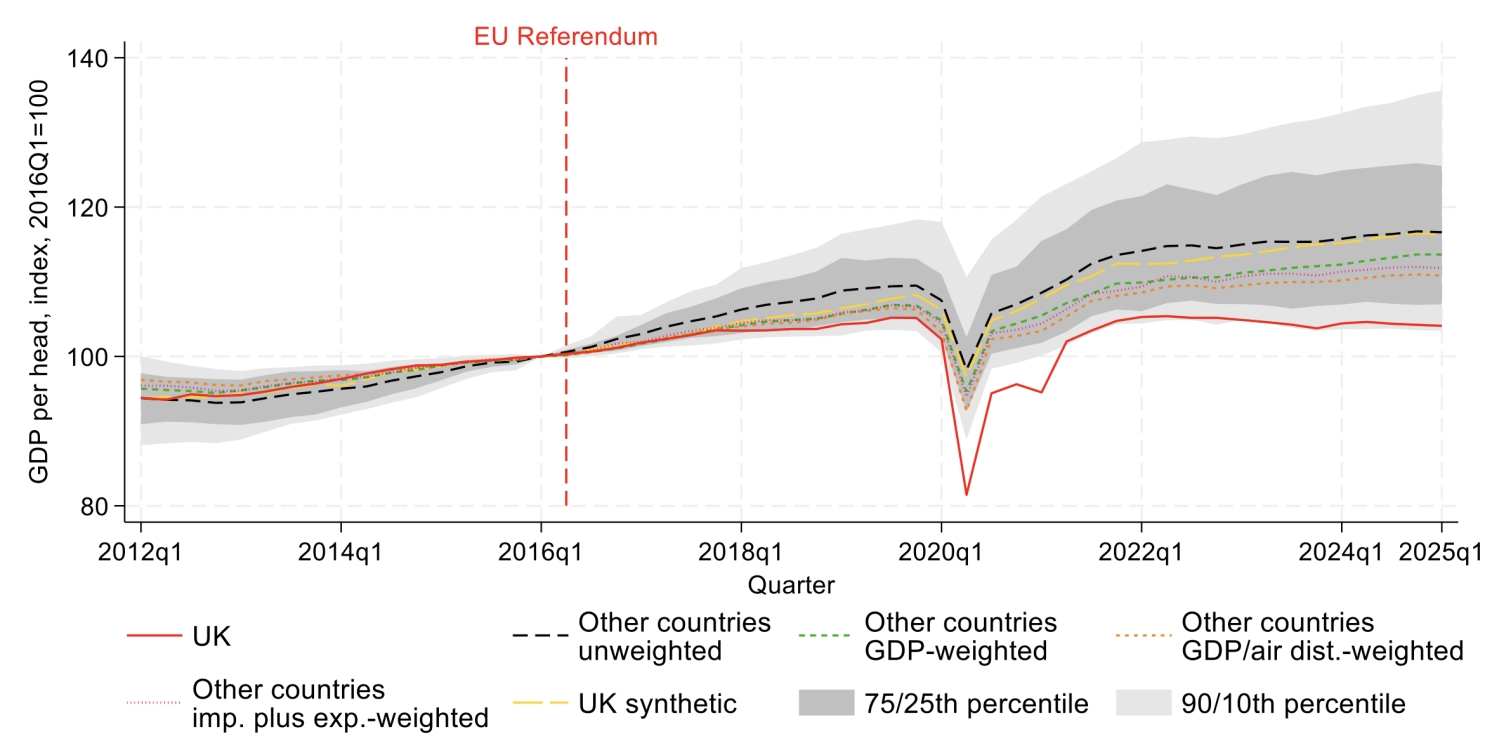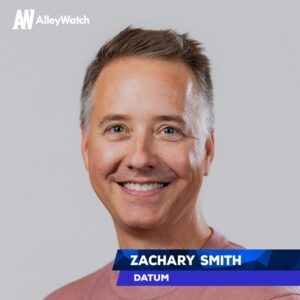Alternative investments enhance traditional equity and fixed-income portfolios by providing an additional diversifier of risk and a differentiated source for returns. With the ongoing development of so many types of alternative investment opportunities, there is a need and an opportunity to curate and manage alternative investments into a coordinated strategy that is designed to complement and hedge traditional investment portfolios.
To better understand the issues and benefits around developing a managed alternatives strategy, we were introduced to Jeffrey G. Wilkins, Deputy Chief Investment Officer of Hamilton Capital – a Columbus, Ohio-based investment and wealth management RIA firm that recently launched an actively managed, closed-end, tender-offer alternatives mutual fund, the Dynamic Alternatives Fund. Built initially for their clients, the adoption rate since the December 2022 launch has been strong, even relative to widely distributed new funds, quickly reaching $70 million in assets under management in the first several months. We asked him questions to better understand how they built and are managing a turnkey portfolio of alternative investments for both absolute and relative returns.
Hortz: With a broad array of separately managed accounts for your clients, what were your motivations for launching an alternatives investment offering?
Wilkins: Since the global financial crisis and prior to 2019, public markets broadly offered a better balance of risk-adjusted returns and liquidity for most of our clients. When valuations started looking more unattractive and monetary conditions began tightening, we decided to devote more resources to launching our alternative investment offering, which had been in the works for several years already. We had proven to ourselves that when you include alternatives in a given portfolio, provided you pick the right alternative asset classes and managers, it generally leads to the same or better returns with lower volatility.
This matters because volatility is a real killer of compounding returns over time. It is hard to consistently grow your money if you get occasional large drawdowns. Alternatives therefore can be a key tool to help our clients reach their goals.
Fortunately, the alternative investment universe continues to evolve and get more investor friendly, with new registered funds launched by the top-performing managers in many of the major asset classes and more coming all the time. This combined set of factors made it an opportune time to launch our Dynamic Alternatives Fund as a registered fund. After a lot of research, we determined that to be the best path.
Since I joined the firm, one of my goals has been to determine the best way to give our clients access to top-tier alternative investments in the same thoughtful and dynamic way that we approach traditional portfolios. We did not want to only offer our clients one-off opportunities they could never get out of, with a bunch of concentrated risk. We wanted a way to give them a low-cost, high-quality portfolio that we can dynamically adjust based on economic conditions and the relative attractiveness of the various alternative opportunities.
Further, we wanted to be able to use the size and scale of our client base and investment team to get access to top managers, funds and terms that our clients would not likely not get on their own. Lastly, we wanted to provide as much liquidity as we could beyond what the underlying investments could offer.
Hortz: What were your reasons for launching your new alternatives investment offering as a ’40-Act tender-offer closed-end mutual fund? Were there specific structural or business reasons for choosing this particular vehicle?
Wilkins: I talked with just about every alternative investment service provider and platform out there and investigated a large number of different approaches. I compared the all-in costs, manager access, liquidity, ease of use, subscription and redemption processes, tax reporting, portfolio management capability and everything in between. I was very impressed with the innovative approaches that these entrepreneurial firms have created to solve many of the traditional challenges in alternative investing.
Given Hamilton Capital’s large scale and capability to access top managers, we determined that a tender fund would be the lowest cost approach for our clients and give us the best mix of flexibility and ease of use. We knew the cost and effort would be huge on the front end, but once it was up and running, it would be worthwhile.
Hortz: How are you defining the scope of your alternatives fund? What are the different components investors can expect you will be covering?
Wilkins: The scope of the fund is very broad. Of course, no one can cover the entire alternative investment universe, with its many small niches and talented specialists, but we do work hard to research and evaluate a significant number of alternative asset classes, strategies and structures. These include opportunistic strategies, private credit, private equity, various hedge fund-oriented strategies, insurance-linked, alternative credit, distressed and so on. We do cover various real estate asset classes and strategies as well, but most of those may be accessed outside of the Dynamic Alternatives Fund for various reasons including illiquidity and our clients’ existing exposure.
Hortz: What is your manager selection process? Are there any different aspects of due diligence needed for alternative versus more traditional investments?
Wilkins: In most cases, it is a totally different world. To start, there are few available or complete sources of information on alternative asset classes, strategies, funds and/or managers. This is where having an experienced team is very helpful. Throughout our respective careers, the portfolio management team members have built relationships with many of the top-performing managers in the major alternative asset classes and even many of the smaller niches.
Once we have an interest in a particular asset class or investment opportunity, we will spend significant time researching and underwriting the team, structure, terms and process, as well as seek out and underwrite other managers in the space for comparison purposes.
Unless it is a registered fund with an independent custodian and regular independent audit, we will spend the extra money conducting operational due diligence to ensure there are the right financial controls and risk management practices in place. And then we continue to monitor all these factors for as long as we are invested. I frankly do not know how we could do all these things if we did not have an experienced team of sufficient size and scale. It is a tremendous amount of effort and process, and it never stops.
Hortz: How do you manage a portfolio of alternatives? What research and investment methodology will you be employing?
Wilkins: We work on forecasting realistic risk-adjusted returns for each of the asset classes we cover, considering our macro-outlook, as well as best-case and worst-case scenarios. We conduct both top-down macro analysis and bottom-up asset-class-level research to develop our forecasts using fundamental factors like interest rates that are employed as coincident, leading, or causal, based on how they relate to future cash flows. The forecasted returns are evaluated on an absolute basis, relative to an attainable risk-free rate of return, and on a relative basis versus the other alternative asset classes and traditional asset classes available to us.
We review and challenge our work at the team level and let the weight of the evidence and the quality of the research drive our decisions. No one “owns” any pre-determined allocation so there is no ego involved in decision-making. We are constantly updating and using these models and forecasts to construct and dynamically manage a portfolio that can generate attractive risk-adjusted returns over our medium-term time horizon.
As conditions change, and/or absolute and relative valuations change, we will dynamically adjust allocations and exposures to seize the attractive opportunities and avoid the others. We do not believe you need to own any asset class all the time- only when it is attractive. The goal is to use the unique benefits and characteristics of each asset class and proper position sizing to create a robust portfolio of alternative investments that delivers the kind of consistent returns that our clients need to achieve their goals.
Hortz: What do you see as some current alternative investment strategies and opportunities for right now?
Wilkins: Currently, we are generally not favorable on macro conditions and broad equity risk. At the present moment, we think we are at or near the peak in the financial cycle and thus we are happy to be paid handsome yields to take acceptable credit risk, particularly in areas where non-fundamental factors have reduced liquidity.
Thus, the Dynamic Alternatives Fund portfolio is heavily weighted in credit-oriented investments with attractive yields and lesser correlated hedge fund strategies, where we hope to achieve positive absolute returns even if equities do not make much positive progress for a while. Additionally, we have a small allocation to private equity secondaries and co-investments, which are well-diversified across vintage years, managers and sectors.
If we get some meaningful valuation adjustments and/or macro conditions brighten, you will likely see us take on more levered equity risk and beta and transition some of the portfolio into investments where there is greater upside potential. But we just don’t think we are there quite yet.
Hortz: How would you characterize your differentiated approach to your alternative portfolio and how would you recommend advisors apply your fund in their client portfolios?
Wilkins: The answer is in our name – our approach to alternative investments is dynamic. We seek to capture the attractive alternative asset class returns while avoiding the less attractive investments and those where volatility can interfere with the compounding process.
Given that we have made this effort and this portfolio initially for the needs of our existing clients, we expect advisors to pair this portfolio with one or more of our other investment strategies to deliver the same or better returns with lower volatility. We believe this is how we can best help our clients achieve their goals.
The Institute for Innovation Development is an educational and business development catalyst for growth-oriented financial advisors and financial services firms determined to lead their businesses in an operating environment of accelerating business and cultural change. We operate as a business innovation platform and educational resource with FinTech and financial services firm members to openly share their unique perspectives and activities. The goal is to build awareness and stimulate open thought leadership discussions on new or evolving industry approaches and thinking to facilitate next-generation growth, differentiation, and unique community engagement strategies. The institute was launched with the support and foresight of our founding sponsors — Ultimus Fund Solutions, NASDAQ, FLX Networks, TIFIN, Advisorpedia, Pershing, Fidelity, Voya Financial, and Charter Financial Publishing (publisher of Financial Advisor and Private Wealth magazines).
Disclaimer: Nothing contained herein constitutes investment advice or the recommendation of or the offer to sell or the solicitation of an offer to buy or invest in any specific investment product or service. Before investing you should carefully consider the Fund’s investment objectives, risks, charges, and expenses. This and other information are in the prospectus. Please read the prospectus carefully before you invest. Investing involves risk including the possible loss of principal.
The views and opinions expressed herein are the views and opinions of the author and do not necessarily reflect those of Nasdaq, Inc.





































